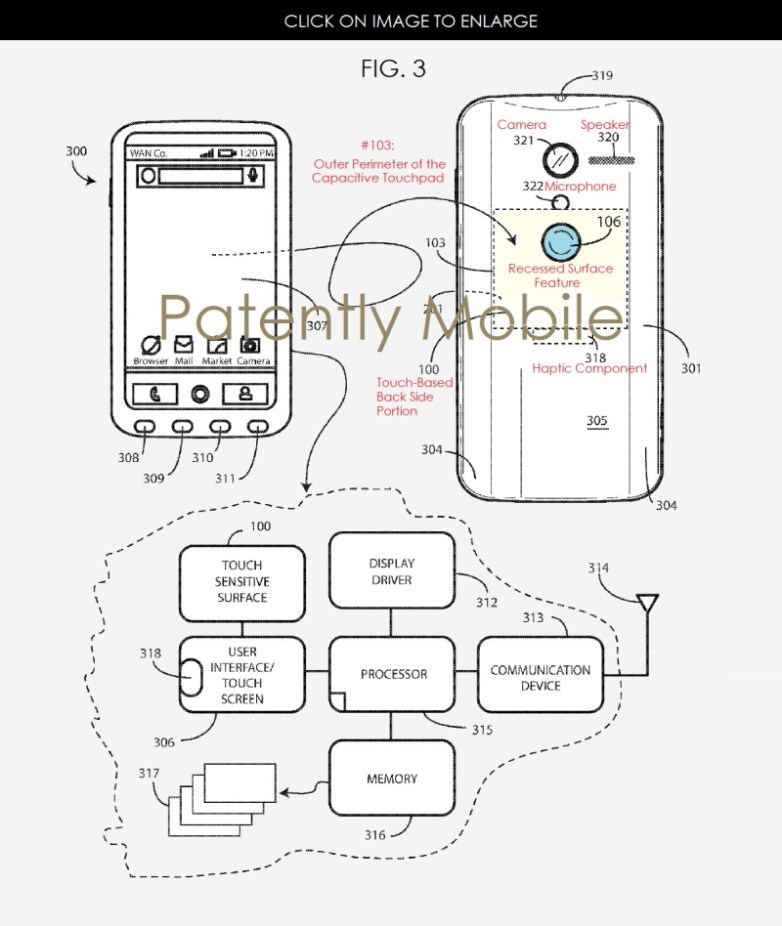The worst thing about the Google’s iPhone rival is that strange mix of metal and glass on the back. The Pixel 2 will reportedly feature a similar rear design, although the glass part will no longer incorporate the fingerprint sensor, a recent report said. Regardless of what materials Google uses for the back of the handset, the company may be working on a special kind of unique Pixel feature that will probably never be found on any iPhone.
Discovered by Patently Mobile the patent highlights a touch sensitive surface on the back that would let the user control the device without interacting with any elements on the screen by touching the back of the handset.
In such a case “the entire front side of the device available for the display so that a finger does not need to occlude the touch sensitive display to interact with the images on the display.”

Before you get too excited — or annoyed? — about such a Pixel phone, you should know this is technology described in a recent patent awarded to Google. So, while the company may have worked on tech like this, it doesn’t mean it’ll ever make it into a commercial product. In fact, one could argue that the current Pixel already has a touch-friendly area on the back: The fingerprint sensor that supports additional gestures.
The drawings in the patent seem to indicate that the touch area on the back of the handset would extend beyond the rear-facing fingerprint sensor — which is a touch area itself on the Pixel and Pixel XL.
The touch-friendly area would be able to interpret gestures with the help of various technologies including “a resistive touch sensor, a surface acoustic wave touch sensor, a surface capacitance sensor, a projected capacitance sensor, a mutual capacitance sensor, a self-capacitance sensor, an infrared grid sensor, an infrared acrylic projection sensor, an optical imaging sensor, a dispersive signal sensor, an acoustic pulse recognition sensor, and so forth.”
It sounds like Google is covering all its bases, as it’s yet to decide what tech the phone will use to recognize and interpret gestures made on the back of the handset. Of course, that’s assuming Google decides to move forward and use this tech in a future Pixel model.







